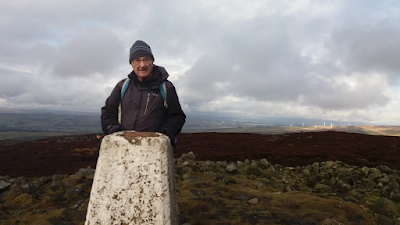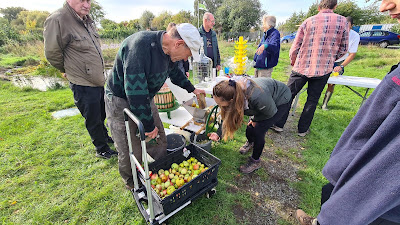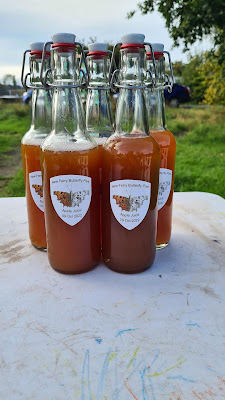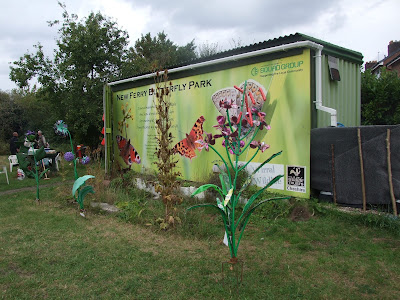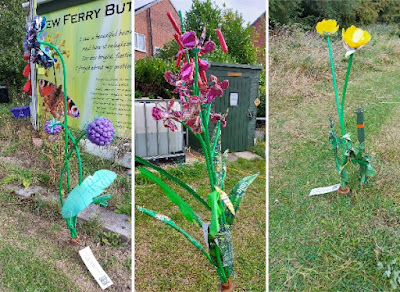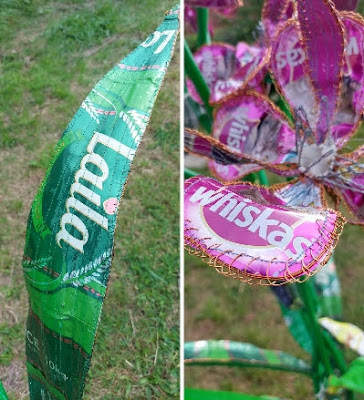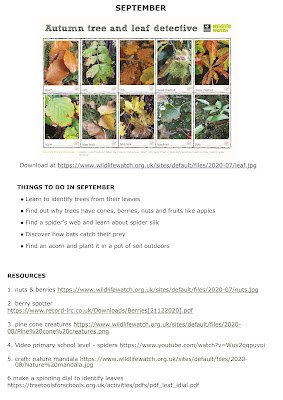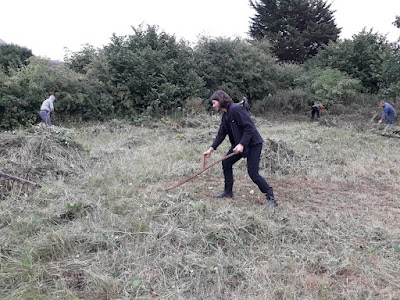 |
| Blue John Cavern, the answer to cryptic clue 17. |
The entries for the Spring/ Summer quiz have been marked and judged. Congratulations to the winner, Jean Baker of Chesterfield. A £10 gift voucher is on its way to Jean.
Here are the Peak District themed answers to the cryptic clues.
1. House of conversations value. (10). Chatsworth
2. Rock, stock, or turtle perhaps, with twisted lead. (8). Dovedale
3. Mary Berry and Paul Hollywood famously both can do this. (8). Bakewell
4. Fortress heavyweight. (9). Castleton
5. Returning communist took himself to a river. (7). Derwent
6. Lemon salad dressing. (6, 4). Monsal Dale
7. Height of the gold medal... (3, 4). Win Hill
8. .... Height of the wooden spoon. (4, 4). Lose Hill
9. Wire very twisted. (5, 3). River Wye
10. I expect that Faith and Charity can also be found in this vale. (4, 6). Hope Valley
11. As you can hear, I’ll hesitate. (4). Ilam
12. Hotel father didn’t start, wise man! (10). Hathersage
13. This village is in the money, among the wealthiest places in the National Park. (4). Eyam
14. Mother hill, shivering mountain. (3, 3). Mam Tor
15. More benevolent recruiter. (6, 5). Kinder Scout
16. Graduate don’t hurry. (6). Baslow
17. Blanch over June excitedly at this attraction. (4, 4, 6). Blue John Cavern
18. Pulverise the French Fiesta (e.g.) in this village. (11). Grindleford
19. Norse god, pretty excited initially, seen overhead on a hill. (6, 5). Thorpe Cloud
20. S Spain wants revolution. (7, 4). Winnats Pass
21. Yearn, while five hundred finish beer. (11). Longdendale
22. The writer a number place on the scales noisily, starting at 35 and ending in Scotland. (3, 7, 3). The Pennine Way
23. Village in which my Nan lived. She used to say “It is Sing to Nanny time!” and we would have a sing-song before bed. (10). Tissington
24. Village that sounds like the remains after the burning of e.g. £20 pound notes! (7). Monyash
25. Can sixties dance turn the Spanish around in this village? (10). Tintwistle
26. Did biblical patriarch watch angels going up and down these steps? (6, 6). Jacob’s Ladder
27. One that proverbially won’t wait for any man - terrific! (9). Tideswell
28. Madam, pay your respects to the Queen, and be dammed! (9, 9). Ladybower Reservoir
29. Song of Eminem’s Revival, a collector of a car’s exhaust gases. (5, 8). River Manifold
30. Upland area where bicycle seat is of greater value, I’m told. (11, 4). Saddleworth Moor
31. The pram Kyle unfolded became a popular attraction. (4, 4). Lyme Park
32. Roman Catholic follows untamed snake beside Irish lake. (14). Wildboarclough
33. Old garden’s alternatively a village. (7). Edensor
34. Valley of Jonathan (doctor/comedian), Arthur (playwright) or Gina (activist)? (7, 4). Millers Dale
35. Echo glen. (5) Edale
36. Eve C Pallister redesigned this old building. (7, 6) Peveril Castle
37. Deer (maybe white?) in 7th to 14th letters. (10). Hartington
38. Escarpment where Geena staged revolution. 7, 4 Stanage Edge
39. Watch out for adders if you cross the Pennines here. (5, 4). Snake Pass
40. In this village I hear report of Christmas tomb; not that you’ll be sorry. (10). Youlgreave
41. Block up Thermos reservoir. (8). Damflask
42. Are these coarse fish? No. Or abbreviated dirty insect pests? No. They are hills. (3, 7). The Roaches
43. A silence for row with the restaurant worker losing information. (7, 2, 3, 5). Ashford-in-the-Water
44. Place where a mongrel can get a drink? (6). Curbar
45. River where old anaesthetic leads to cry of pain. (7). Etherow
46. Keep this part of the tool sharp! (3, 4). Axe Edge
47. Female cirrus? (3, 5). Hen Cloud
48. Follow the B5053 along northwards until you find this village. (7). Longnor
49. Valley named after HRH of Cambridge? (9, 4). Middleton Dale
50. Ancient site where Anna, Becky, Claire, Debbie, Erin, Fiona, Grace, Helen, and Isobel stand in a ring. Count them! (4, 6). Nine Ladies


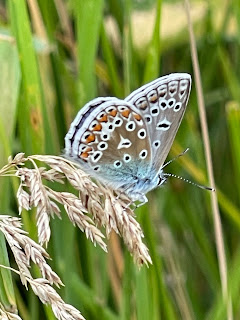


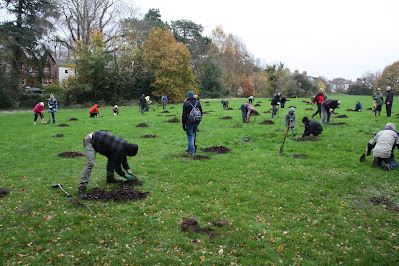

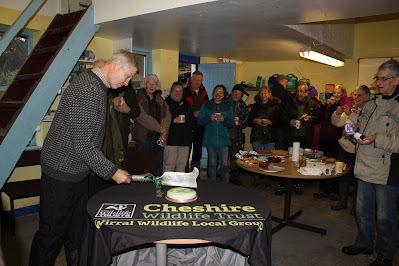
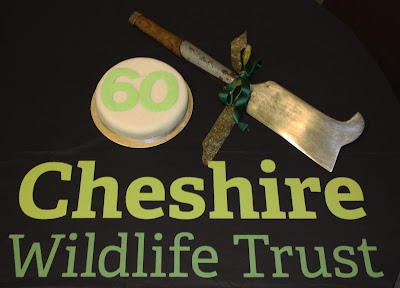






.jpg)


